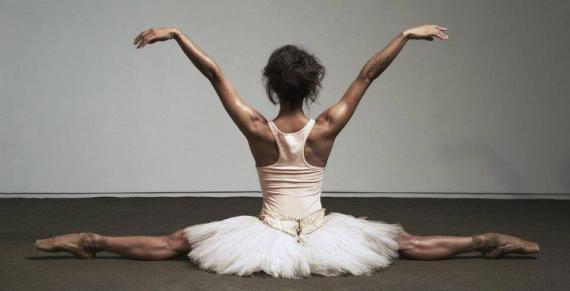Air Cadets is all about the respect. The following ranks are from lowest to highest. Air cadet, Leading Air Cadet, Corporal, Flight Corporal, Sergeant, Flight Sergeant. You need to know these ranks because if they walk past you, you need to call out their rank as a form of respect. I think this trains you to be more polite to people who are older than you and shows that you have respect.
Category Archives: Inquiry
Module Two Post Four
One of the set of skills you learn in cadets is having good leadership and being confident. The higher rank you are the more people depend on you. You have to be good at public speaking because one day you will have to teach classes. When you call out commands you have to say them with confidence or else no one will pay attention. Leadership skills are important because you have to learn to guide other fellow cadets.
Module Two Post One (Symmetrical People Make Better Dancers)
This website talk about how symmetrical people make better dancers. A research was conducted involving 183 Jamaican teenagers, ranging between 14-19 years old, who danced while their movements were captured using motion-capture cameras. These cameras are similar to those used in video games and movies to give computer-generated characters fluid movements. The researchers conducting the experiment found that men judged to be better dancers tended to have a higher degree of body symmetry. The researchers speculate that higher body symmetry might also indicate better neuromuscular coordination. Symmetry is an important part of dance because it helps dancers balance, as well as make the dance seem more appealing.

Module Two Post Two
When I first started air cadets I didn’t really know what I was doing. It makes me wonder if cadets will benefit me in the long term. Most universities will look at your extracurricular activities and cadets is a good one. In cadets there are lots of community services. Even I went to go poppy tagging and earned some credits. It also provides time management skills and more
Module One Post Fifteen (The Physicist Who Figured Out Ballet)
This website explains how ballet is related to physics. This site had a lot of really good information and great explanations. It explained which moves involve physics as well as how to apply it. Kevin Laws is the author of this article, he is actually a ballet teacher now, and he has written three books. He says it’s important that ballet dancers see the value of scientific perspective. He says that dialogue between science and ballet can produce concrete results. He also explains that there is so much more to ballet than just strong toes and practice.
This website was helpful because the author gave multiple examples of how ballet involves physics, as well as real stories as to how he explained to his students the involvement of physics in ballet. This article also taught me how to apply this while I’m doing ballet.
Module Two Post One
Geometry in marching band. Marching band isn’t all about playing music and counting. In marching band you have drill, which is a picture representation of all the different shapes and forms the band makes as a whole. There is surface area involved because you need to know the dimensions of the stadium. Here is a website I used
https://prezi.com/c9_ivr4pgrvh/how-is-geometry-used-in-marching-band/
Module One Post Fifthteen
The Math of Marching. I have another example of how there is math in marching. Without the influence of mathematics a marching show has no tempo, rhythm or general effect. Like elbows must be bent at a 90 degree angle and instruments should be held at a 45 degree angle. Without math a marching band could not exist because there’s no where to pinpoint which member goes where, make formations and pay music while doing so.
Module One Post Fourteen
Drill team is a team of people who push their drill and improve on it. Each year there is a competition for the best drill. Lots of teams will come to this event and compete. Every movement has to be the right angle and it has to look snappy when you are turning and marching. There are a certain steps you have to follow.
Module One Post Fourteen (The Geometry of Ballet)
This last prezi although titled the same as all the others didn’t talk about rotation, translation, or reflection like the others did. Instead, it focused on symmetry, angles, and lines. When a dancer performs an arabesque their leg must be at a 90-135 degree angle. However when performing a grand jeté the dancer’s legs must be at a 180-degree angle.(A straight line)
I was reluctant at first to use this prezi since it was titled the same as the others I assumed it would have the same information. However, it had different information and examples. When I read the title I expected it to be all on geometry, but it was quite different from what the title suggested and talked more about other topics. This was useful because it talked about angles of the studio, which I had no idea about until reading this.
Module One Post Thirteen (The Geometry of Ballet)
This is another prezi on geometry and ballet it’s similar to the last prezi I used: https://prezi.com/72rlha79knaz/the-geometry-of-ballet/ but with different explanations. This prezi explains how geometry helps dancers as well as how rotation, translation, and reflection are all involved in ballet. This prezi also explains the meaning of the term transformation in geometry.

Although this prezi had a few more grammatical errors than the other one, it still had useful information. It had good explanations, and a lot of pictures to demonstrate what was being explained.
